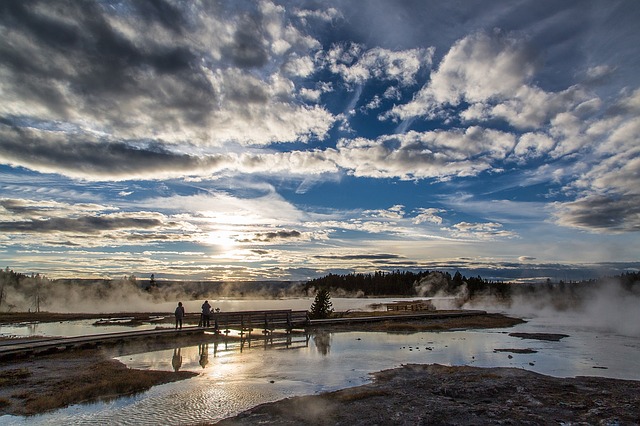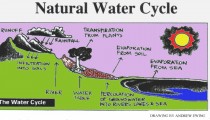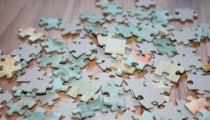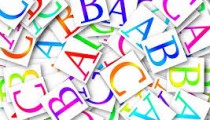Learning about nature is something that is really exciting and…

Learning the States of Matter: Fun and Interactive Ideas
Ice. Water. Steam. Finding out that these are all the same substance is a “Wow!” experience for kids. After the initial wonderment, they often ask: “How can they be the same thing?”Learning that there are different types of matter all around us is an important science lesson kids will repeatedly use throughout their lives. Making ice cubes and boiling water are routines almost everyone engages in without thinking about it.
The world is abundant with fun opportunities to teach types of matter — called the states of matter — and the transitions between them. Here are a few ideas on how to get started with the basics.
States of Matter:
- Ask your child to find as many solid objects as possible in one minute. Ask them how they know each one is a solid (it has a shape).
- Ask your child to find as many liquids as possible in one minute. Ask them how they know each one is a liquid (it flows).
- Ask your child to find as many gases as possible. If they are stymied, ask them to take a deep breath of air! Point out that air is a gas (it floats all around you and fills the room)
Solid ↔ Liquid:
- Make ice cubes to show how water becomes ice when the temperature is below the freezing point. Then put the ice cubes in a glass of warm water to show how they melt.
- When melting butter for popcorn, point out how the solid turns into a liquid. Ask why you have to heat butter for it to become liquid whereas water is liquid at room temperature. This is an opportunity to explain that substances have different freezing/melting points.
Liquid ↔ Gas:
- Heat water in a pan on the stove to make hot chocolate. Allow the water to reach the boiling point, and show your child the steam rising from the pan. If the child is older, help them to carefully peek into the pan to see how bubbles form as liquid turns into gas.
- If you live in a cold climate, ask your child to breathe on a cold mirror or window to fog it up. Ask the child where the water came from. The answer is that there is water vapor in their breath. It became a liquid when the cold glass reduced its temperature enough to condense.
These real-life experiences with the types of matter are great but they have two drawbacks: they don’t demonstrate what is happening on the molecular level, and the fourth state of matter, plasma, — isn’t available to interact with in our everyday lives.
To reveal the inside story and more about plasma, look for a states of matter video for your kids to watch. Most such videos include graphics that show how molecules behave in a solid, in a liquid, in a gas, and in plasma — as well as at the points at which they change states.



